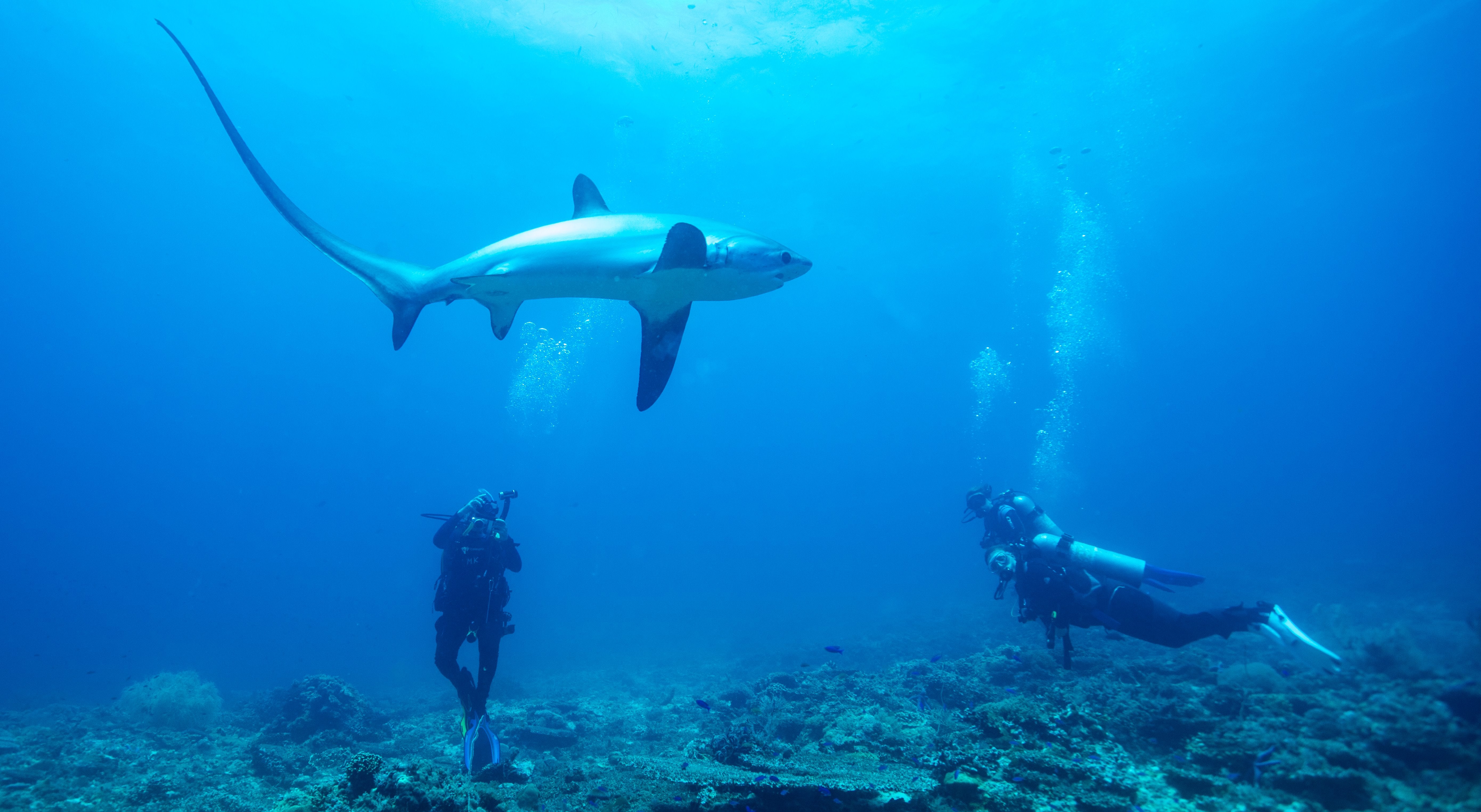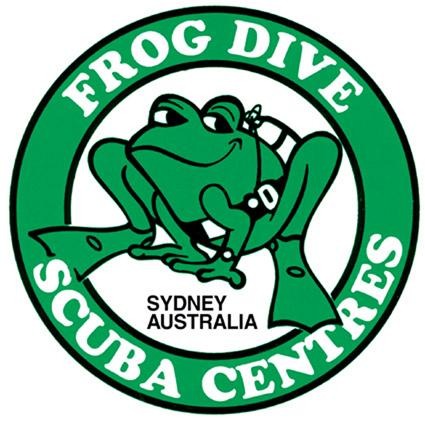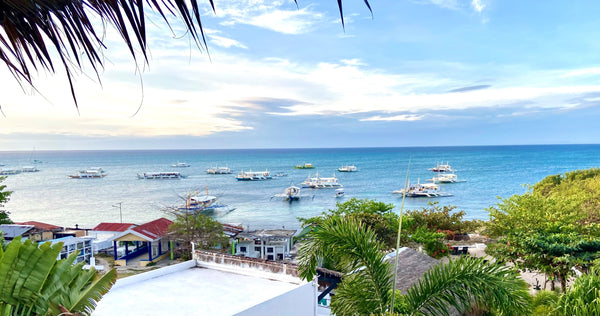
Malapascua
A group of Froggies extended their diving in the Philippines in 2024 by heading up to Malapascua, after a week’s diving in Malboal, to dive with Thresher sharks.
The sharks off Malapascua are Pelagic Thresher Sharks (Alopias pelagicus) and there is one feature that is immediately distinctive about them. That is its large tail, or caudal fin, which is about the same size as the shark’s body. The Threshers use their tails to hunt. They flick their tails forward in a 180-degree arc in less than half a second, in a similar action to that of a scorpion. The head dips down about 45 degrees and the tail whips over the top, stunning or hitting sardine or mackerel like fish.
The shoals off Malapascua (Kimud and Monad) are pretty much the only spot in the world where you can almost guarantee Thresher Sharks. It used to be the case that if you didn’t depart from Malapascua at 5 am you were not going to see the Threshers. Luckily, they have increased their hours and we saw them through from 7:30 am to 1:30 pm, on every dive. We found the sharks quite curious and if you stayed low didn’t flap around and controlled your breathing, they would come a little closer with each pass. They probably came within a metre or two on a couple of the passes they made. They even followed us up to the safety stop. Despite their reputation for only appearing in the dim light of dawn the sharks seemed perfectly happy in the relatively bright conditions at 5 metres.
Kimud Shoal tops out around the 12-metre mark and then drops off around the sides to 200 metres and the Threshers tended to hang around close to the edges of this seamount. You must shoot using only natural light because of the Thresher’s sensitivity to light. Given the sharks live largely at depth, they have big eyes for their size and are very easily spooked by strobes or torches.
Thresher Sharks of any family are relatively rare for divers to see, and we probably saw 6-10 of them over the 5 dives. We can’t help feeling we were very fortunate. Threshers are beautiful sharks with a shimmering silvery blue body accentuated by their white underside. They move slowly and very gracefully through the water until they need to move quickly; then they move very quickly. It was a magical set of dives and I hope you get the opportunity to get to Malapascua for a few dives one day.












